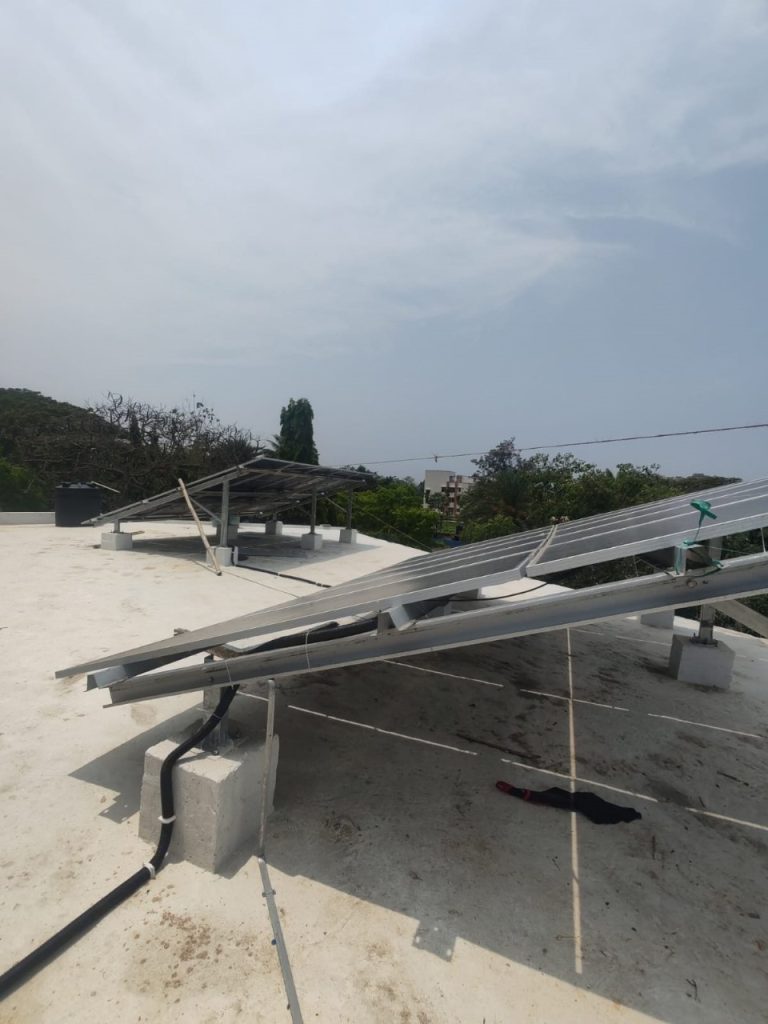The Internet of Things (IoT) is revolutionizing various industries, and the energy sector is no exception. This article delves into how IoT is transforming smart grids, enhancing efficiency, reliability, and sustainability.
Introduction
Smart grids represent the modernization of traditional electrical grids, incorporating digital communication technology to manage electricity more effectively. The integration of IoT devices into these grids has opened new avenues for monitoring, analysis, and control, leading to improved performance and user engagement.
Real-Time Monitoring and Data Collection
IoT devices enable real-time monitoring of various components within the grid, such as transformers, substations, and distribution lines. Sensors collect data on parameters like voltage, current, and temperature, providing utilities with a comprehensive view of the grid’s health and performance. This continuous data stream allows for prompt detection of anomalies and swift corrective actions.
Predictive Maintenance
By analyzing data collected from IoT sensors, utilities can implement predictive maintenance strategies. Instead of adhering to fixed maintenance schedules, predictive maintenance focuses on the actual condition of equipment, identifying potential failures before they occur. This approach reduces downtime, extends equipment lifespan, and lowers maintenance costs
Enhanced Demand Response
IoT facilitates more effective demand response programs by providing detailed insights into energy consumption patterns. Utilities can communicate with smart appliances and devices in consumers’ homes, adjusting their operation during peak demand periods to balance the load on the grid. This dynamic interaction helps prevent outages and reduces the need for additional power generation.
Integration of Renewable Energy Sources
The variability of renewable energy sources like solar and wind poses challenges for grid stability. IoT-enabled smart grids can better manage these fluctuations by predicting energy production based on weather conditions and adjusting



